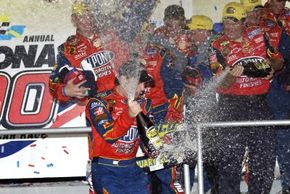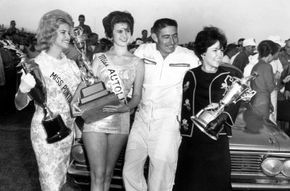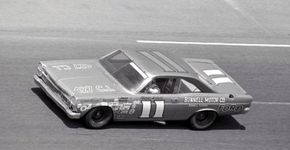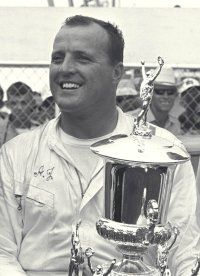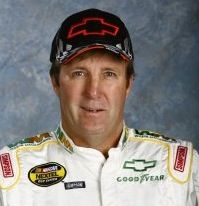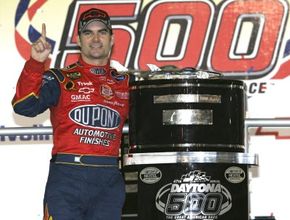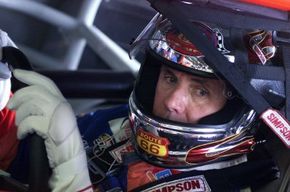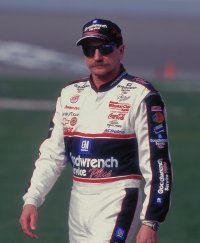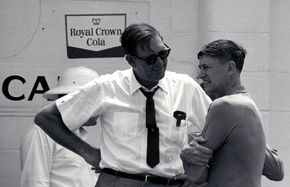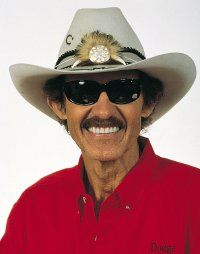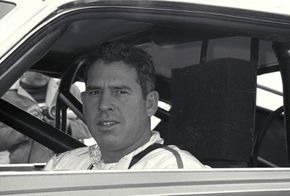Gearheads call it "The Great American Race" and "The Super Bowl of NASCAR." Unlike most of its less-noble brethren, it has resisted shilling its name to a corporate sugar daddy. It will never be christened "The ACME Weed-Whacker 500" or "The Yoo-hoo 500."
No, it's the Daytona 500 -- proud, unique, and special. Always has been. Always will be.
Advertisement
This is the biggest, baddest stock car race on the planet. Daytona International Speedway ? located in sunny Daytona Beach, Florida -- is a 2.5-mile asphalt Augusta. It's Lambeau Field at 200 mph, Wrigley Field sideways on two wheels. Daytona is home to 500 miles of legend, lore, white knuckles, and goose bumps.
We've sifted through five decades of thrills and spills and pinpointed the top 10 Daytona 500s of all time. Our list features daredevils with names like "Fireball," "The King," and "The Intimidator." And first-name-only heroes like Mario and A.J.
Strap in, because it's going to be a wild ride.
